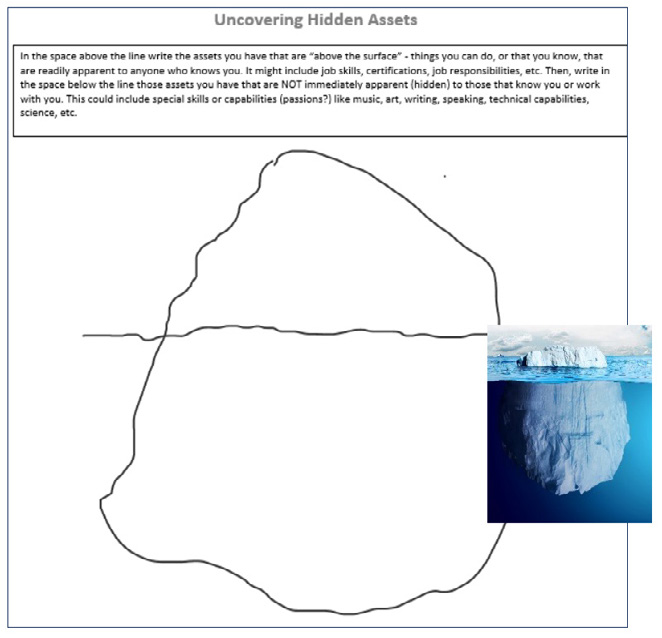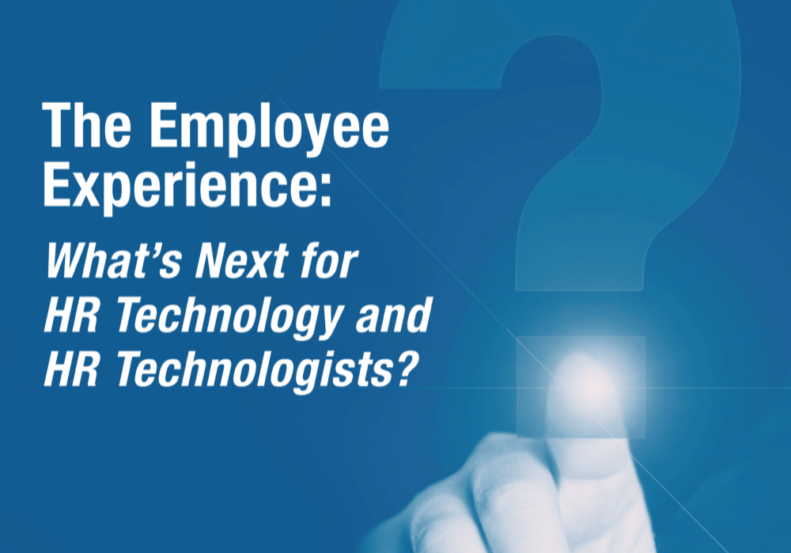We are living in the age of “The Great Resignation” – an often-used term to describe the exodus of employees from organizations. It’s one of the biggest challenges facing leaders.
Whether leaving for other opportunities or just for personal lifestyle decisions, this loss has been affecting almost every organization that depends on people to produce products or service customers. Especially hard hit has been the global supply chain, as a shortage of materials has resulted in many organizations being unable to meet consumer demand. Anyone who has recently tried to buy a car or take a trip to the supermarket can tell you.
So, what can HR leaders do about this?
Implement a strategy to get more from your existing employees. Help them bring a greater part of their talents to the job and become more fully engaged and productive in their work. It is a surefire way to reduce turnover/increase retention. While organizations are rightly concerned about the loss of people, they should be just as concerned about the underutilization of their existing talent.
We believe that every employee has a treasure trove of unused skills just waiting to be discovered and put to work for a compelling cause. Your challenge is to help bring them out and encourage them to be used.
Unfortunately, much of how we identify and assess talent resides in the job descriptions and organizational charts that form the basis of existing management practices. Sadly, these systems are woefully inadequate for finding and using employees’ deeper assets and skills.
What’s needed instead is a focused and strategic intention to tap into the deeper skills and capabilities that people have but do not get to use every day in their job. We call these their “hidden assets.” This includes their hobbies, interests, non-work-related activities and passions. By tapping into this deep, rich human resource and deploying them in an agile way in service of a company’s significant challenges, you can create new energy and excitement and help your people find greater purpose and meaning in their work.
However, as with many human resources initiatives, it really matters how you go about doing this. We have discovered five clear strategies that supply the necessary foundation for using the hidden talents of your employees.
Let’s look at each one.
Develop the right cultural mindset
We have all heard the adage “Culture eats strategy for lunch.” It is a well-known principle that will shut down any effort that tries to bring about an unwelcome change. The cultural mindset of the organization needs to show support for employee engagement, inclusion, and transparency in communication before employees will willingly bring their hidden talents to life in pursuit of an organization’s goals and objectives. It is the necessary foundation upon which all future agile efforts are built. Assess your organization’s culture before you begin to ensure you have the essential infrastructure that will open the channel to deeper levels of employee engagement.
Create a safe environment for conversation
A principal element of culture is to create a safe space and safe place that encourages open and honest conversations. This is especially difficult in a virtual environment where the lack of face-to-face interactions reduces the opportunity for conversations. Leaders need to create more explicit strategies around safe places and spaces where trust can be built so employees can talk freely without fear of embarrassment or consequences. Since agile is dependent on every team being engaged and active in the process, creating a safe environment is critical to your success.
Get to Know Your Team
Avoid conversations based solely on business. Why? Because the wall between work and personal time is falling. Employees bring work home and bring home to work. They engage in conversations about all aspects of their lives – work, families, friends, hobbies, etc. These conversations offer important clues about their hidden assets. Those non-apparent skills they use in other areas of their lives outside of work could prove important to your business. Here’s an example of the impact of uncovering some hidden assets:
We were working with an executive marketing leader in a Fortune 200 company. She was struggling to close a sale with a major client. Weeks and months had gone by without the client making a commitment. He always seemed to need more data and information and never got around to making a decision.
One day in a conversation, he mentioned the fact that he was a yogi (a practitioner of yoga). And how yoga was such an essential part of his life. On the surface of this, it appeared irrelevant to the sales process.
But when she returned to her office, she remembered that two of her subordinates were also involved in yoga. She wondered, why not connect those on her team who practiced yoga, with her client. Once she started this, she was amazed how quickly the client signed the deal.
What’s the moral of this story? By knowing her team at a deeper level of their capabilities she was able to tap into a passion that also connected with her client.
Create an Inventory of Team Assets
Given the uncertainty and speed of change in business, leaders need to be prepared to deal with many known and unknown disruptions. In an emergent environment, it’s important to gather information about your talent and their skills and capabilities before you need it. You can tap into this repository of skills and capabilities to assemble the right mix of talent for an agile project. The specific talent needed will be dictated by customer requirements and business conditions. To match talent more effectively to the need, we need a ready-made inventory of talent.
One fun way to do this is through what we call our Iceberg exercise. The iceberg is a great metaphor in describing employee assets. When you see an iceberg in the water, you only see a small fraction of its total mass. Most of it lies unseen below the water’s surface.
The same is true with your employee as- sets. Those assets you recognize from their work, job descriptions, etc. represent just the tip of their total assets. There’s a much larger of amount below the surface waiting to be deployed.
Now that you have a repository of data from your Iceberg exercise, it’s time to analyze the findings. Look at your list to decide if there are ways to combine some individual assets in a useful way. The sum of these assets can become greater than their individual parts.
As an example, Steve has a hobby as a songwriter. Using this skill along with his business leadership and coaching background, enables him to tell stories in ways that capture the hearts and minds of his audience. It’s a unique blend of his business and hidden talent assets that when combined creates a multiplier effect with significant benefits. As with our yoga example, your employees likely have many hidden assets that when combined with your business requirements could yield significant benefits to you.
One way to organize hidden assets is to aggregate them into categories. The categories you create is up to you, influenced by your business requirements.
Typical categories may revolve around knowledge, skills, experience, network, social, blogging, physical, hobbies, etc.
The list of categories is endless and will evolve over time.
Coalesce Around a Common Purpose
Teams work better when they have common rules of engagement that speak to the values that they bring together. The benefits of these rules will help the team solve problems, give each other feedback, and facilitate decisions.
One way to achieve this is by having teams work together to develop a group credo. Per Wikipedia “A credo is a statement of the beliefs or aims which guide someone’s actions.” The outcome will be a foundation to help your team see how their talents could be used as well as providing them with a series of operating guidelines, and principles to focus and drive future activities.
The exercise to create a credo is a challenging but transformative experience. The act of working together locks in many of the benefits. It builds trust and teamwork that can help start the process of unleashing those hidden assets. Listen closely during the process as the discussions may lead you to find more hidden assets.
The clues to help you identify your employees’ hidden assets are all around you. Don’t rely on job descriptions and organizational charts to find them. But in the deeper conversations, unexpected places where they are revealed to you by your employees.
In conclusion, we believe that organizations need to focus more on tapping into the talent assets of their employees including their hidden ones. Aside from the added capabilities and assets it provides, it allows employee to use more of their talents helping create a more engaged and productive employee. Which invariably leads to higher retention and less job resignation.
It’s an essential part of any agile initiative or project. Breaking down jobs into roles that require specific talents to be successful. Once you have developed an inventory of your employees’ talent assets including their hidden ones, it’s much easier to match the right talent to the specific requirement. Increasing the likelihood of your project success.






